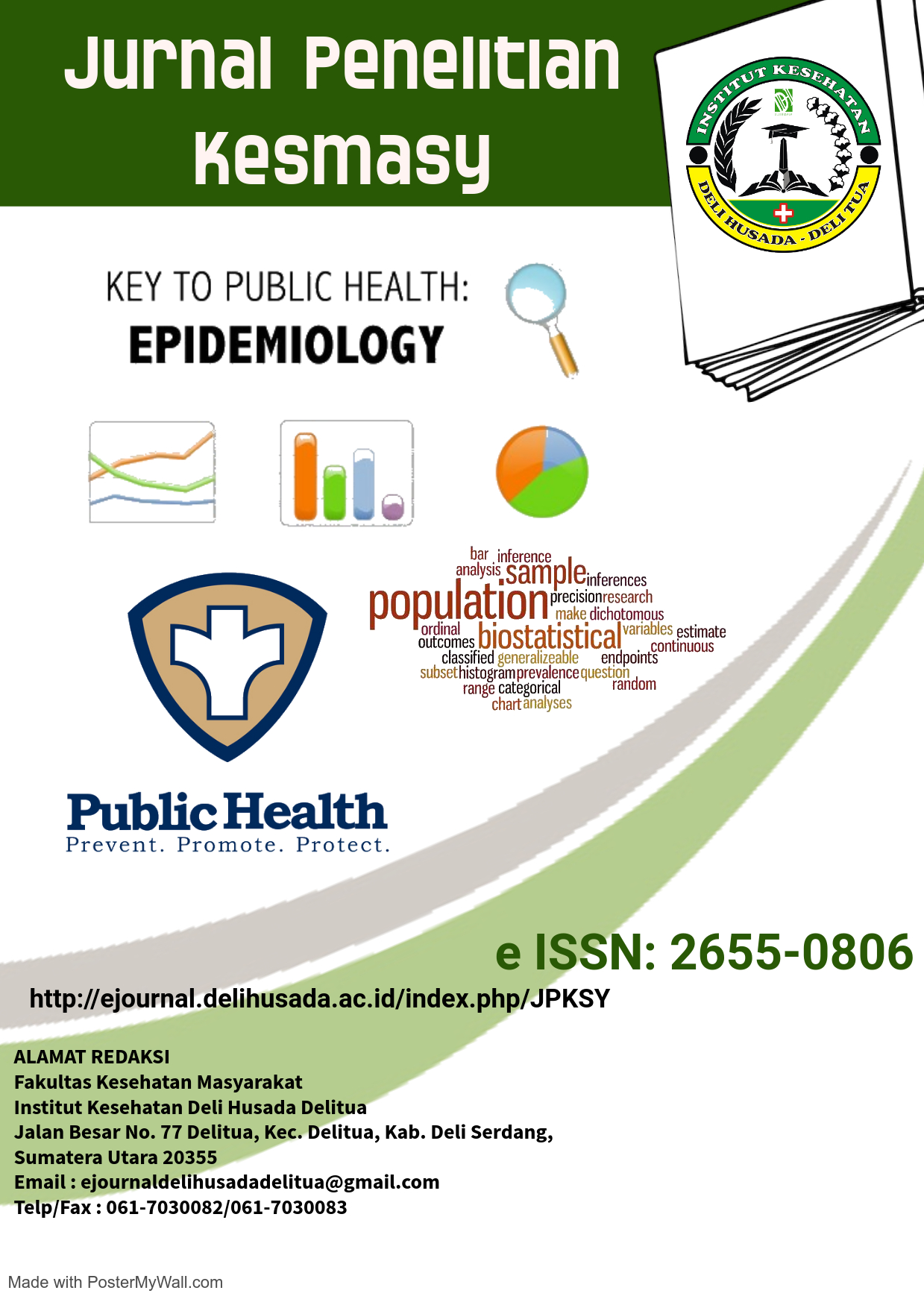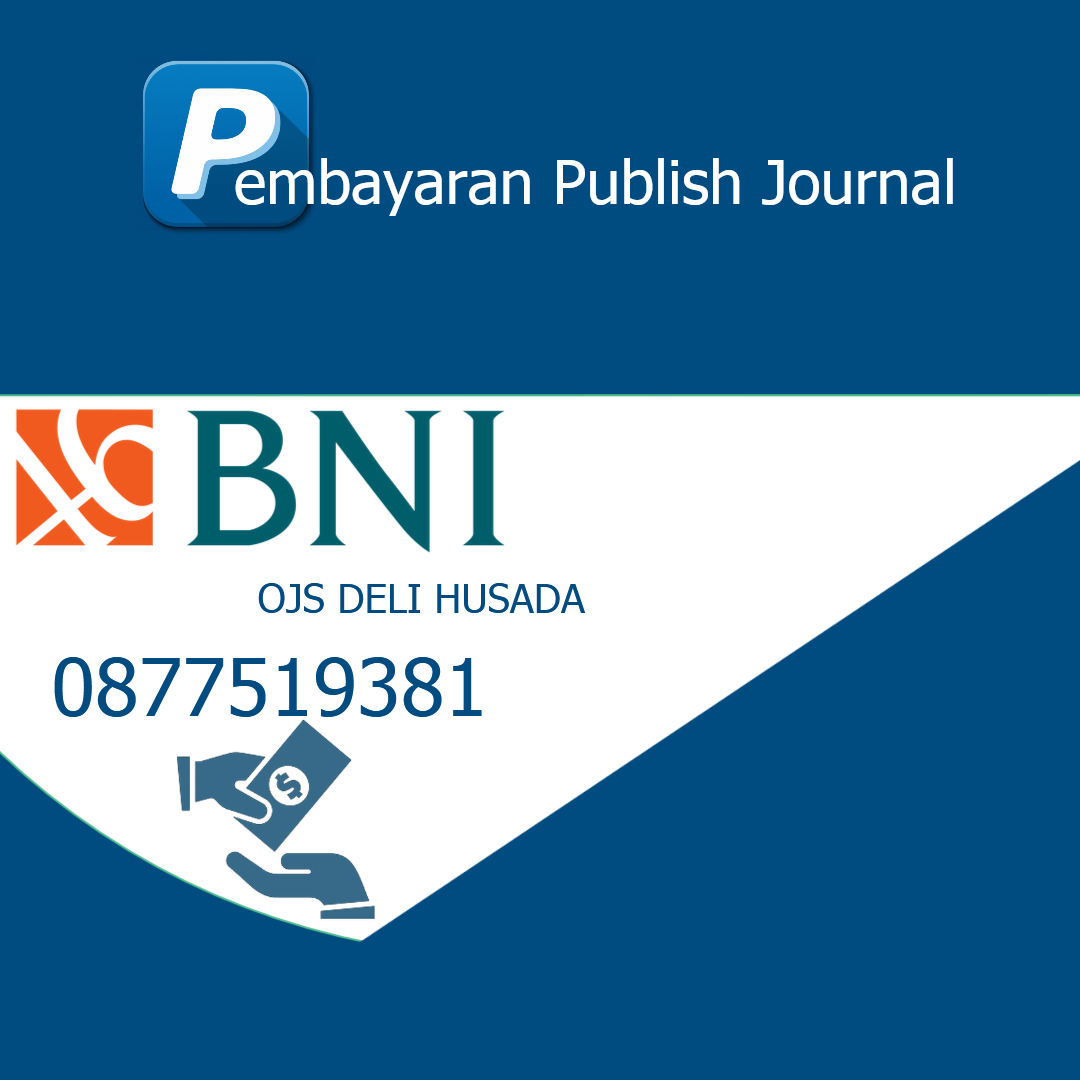Determinan Kepatuhan Penggunaan Alat Pelindung Diri (APD) Pada Pekerja PT. X Proyek Pembangunan Tahun 2019
Abstract
International Labor Organization (ILO) 2019, every year 380.000 workers or 13,7 percent of the 2,78 million people die as a result of accidents or occupational diseases, one of the causes is due to the low awareness of employers and employees of the importance of implementing Occupational Health and Safety ( K3), there are around 374 million non-fatal work-related injuries and diseases each year, many of which result in work absences. Compliance is a change in behavior from behavior that does not obey the rules to behavior that obeys the rules. Human behavior is referred to in the "S-O-R" theory through the process of Stimulus → Organism → Response. This research aims to analyze the determinants of compliance with the use of self protection on PT. X Project Development in 2019. The research method used in this study is a quantitative analytic survey with cross sectional approach. The sampling of this research used probability sampling with simple random sampling technique. Data collection was done by interview using a questionnaire. Data analysis used was univariate, bivariate using the chi-square test and multivariate using the Multiple Logistic Regression test with the Enter Method. It was found that out of 60 workers there were 15 workers (25%) using complete PPE and 45 workers (75%) using incomplete PPE. The results showed that there was no influence of worker characteristics (age, education, years of service), predisposing factors (knowledge), enabling factors (availability of tools) on the compliance of PPE use (p> 0,05), predisposing factors (attitude p = 0,003) and factors reinforcement (supervision (p = 0,034), sanctions (p = 0,009) have an influence on the compliance with the use of PPE on workers so that it includes the multivariate analysis criteria (p <0,25) . The results of multiple logistic regression analysis with the Enter Method show that the variables that show the most significant influence are attitudes with values (p = 0,004) and Ex (B) = (14,191). Suggestions for workers to follow the policies that apply in the company, especially in increasing compliance with the use of PPE for comfort in the work environment, especially for the safety and health of workers and all relevant parties.







